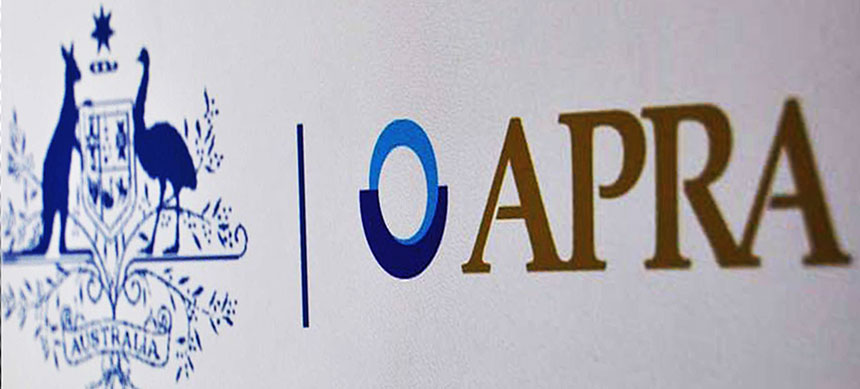APRA took a question on notice relating to the average size of mortgages from Senator Peter Whish-Wilson during Budget Estimates, and the answers have just been released.

The questions are sensible, the answers once again show how myopic the data APRA produces is. They only report the value of loans and number of loan accounts on the ADI’s books). Nothing about household exposure across multiple loans. Who then is, I ask?
Questions:
What method does APRA use to calculate the “average balance of housing loans” as provided in the publication Quarterly ADI Property Exposures?
How does APRA account for mortgage offset (redraw) accounts in its method?
How does APRA account for instances where there is more than one loan on a property (‘loan splitting’) in its method? Does APRA tally the total of all loans against a property; or does APRA tally individual loans, regardless of whether there is more than one loan on a property?
What is the extent of ‘loan splitting’? How many properties have more than one loan against them? How many properties have more than two loans against them?
What is the average value of loans where there is more than one loan against a property?
Where there is more than one loan against a property, what proportion is fixed interest and what proportion is variable interest?
Where there is more than one loan against a property, what is the average value of fixed interest loans and what is the average value of variable interest loans?
What is the extent of ‘loan splitting’ being undertaken by different ADIs? In particular: what is the extent of ‘loan splitting’ by the major banks?
Answer:
The average balance of housing loans in Quarterly ADI Property Exposures (QPEX) is a simple average calculated as the aggregate balance of all housing loans, gross of offsets and provisions, divided by the number of loans. It is important to note that QPEX reports data from the ADI’s perspective and not the customers (e.g. the value of loans and number of loan accounts on the ADI’s books).
APRA does not consider the average loan size to be a reliable indicator of risk. ADIs are required to assess the borrower’s ability to service each loan, and the amount of security against each loan taking into account all borrower liabilities. APRA’s expectations are set out in Prudential Practice Guide APG 223 Residential Mortgage Lending (APG 223). ADIs are
required to report to APRA on the value of new loans originated without fully meeting the ADI’s serviceability standards.
Offset accounts are considered a deposit liability and do not reduce an ADI’s housing loan exposure.
APRA does not adjust for loan splitting in QPEX reporting. However, under APG 223 the ADI is expected consider the customers’ aggregate exposure in the serviceability calculation and available security when originating housing loans.
APRA does not collect information on loan splitting, by loan type, or across institutions. In addition the focus on the LOAN not the customer exposure.
